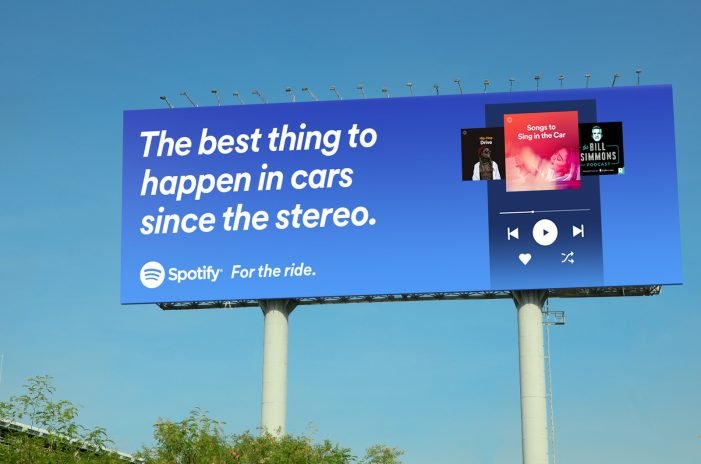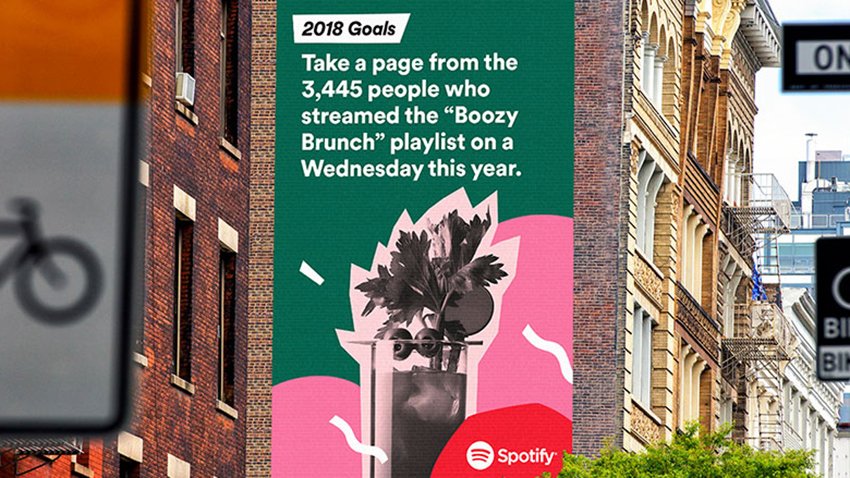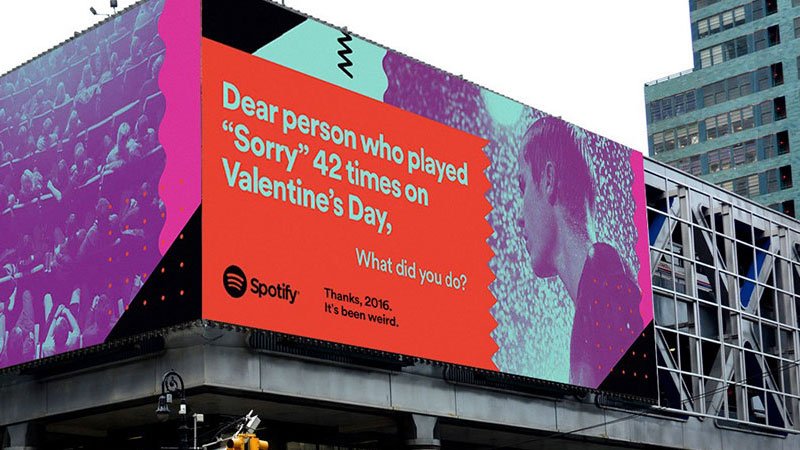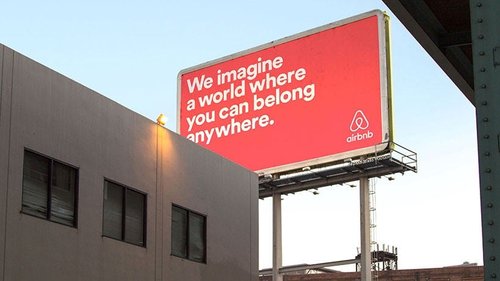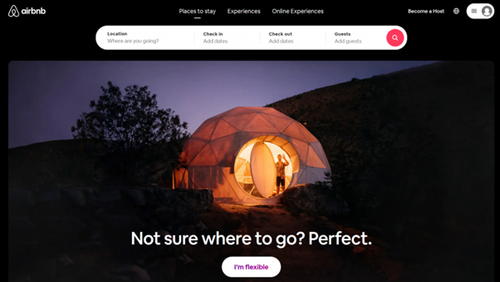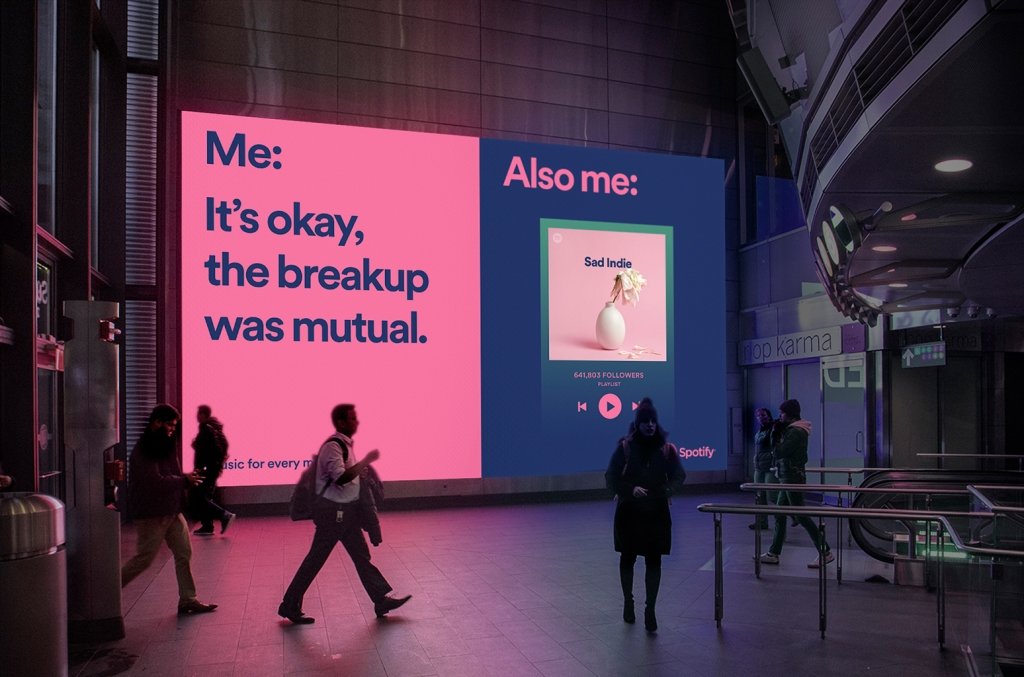
How to Define, Develop and Deliver Your Brand Messages
21 July 2023 · 6 min read

Chelcie Plowright
Managing Director & Brand Strategist
How to Define, Develop and Deliver Your Brand Messages
21 July 2023 · 6 min read
Have you ever heard your significant other say something like “It's not just what you say, but HOW you say it”. Well, the same applies for brand messaging.
Brand messaging may be a new concept for you, as it is for many of our clients. That's why we've explained the components of a brand message strategy, so you can understand what it is and how it works.
In a nutshell, brand messagingis the way you communicate your value proposition, personality and competitive edge to your target audience.
A strong brand messaging strategy can help you:
• Stand out from the crowd and set yourself apart from your competitors.
• Build trust and loyalty with your customers and prospects.
• Increase awareness and recognition of your brand.
• Drive conversions and sales.
But how do you create a brand messaging strategy that works? In this blog post, we'll show you how to define, develop and deliver your brand messaging in five steps. We've also thrown in some examples from some of the best brands in the world.Step 1: Define your brand positioning statement
Your brand positioning statement defines who you are, what you do, who you serve and why you're different. It's the core of your brand messaging and the foundation for all your communication.
To create your brand positioning statement, you need to answer four questions:
• Who is your target audience?
• What is your product or service category?
• What is your unique selling proposition (USP)? In simple terms: What do you do, that nobody else does?
• What is your brand promise or benefit?
Here's an example of a brand positioning statement from Netflix:
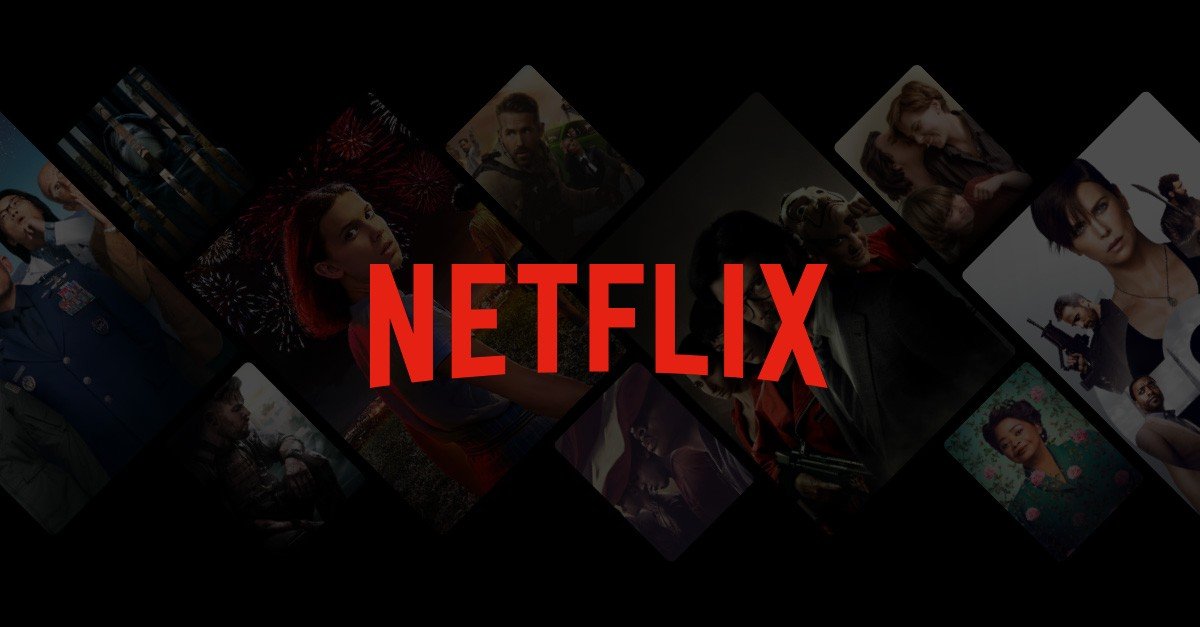
“For movie lovers who want to watch what they want, when they want, where they want, Netflix is the world's leading internet entertainment service that offers a wide variety of award-winning TV shows, movies, documentaries and more.”
I mean... how clear is that?!
Notice how Netflix clearly defines its target audience, category, USP and benefit in one sentence. This statement guides all their brand messaging and helps them communicate their value to their customers.
Step 2: Develop your brand voice and tone
Your brand voice is the personality and character of your brand expressed through words. It's how you sound to your audience and how you want them to perceive you.
Your brand tone is the variation of your brand voice depending on the context, situation and audience. It's how you adapt your voice to different channels, platforms and scenarios.
To develop your brand voice and tone, you need to:
• Identify the traits and values that represent your brand.
• Choose the words and phrases that reflect those traits and values.
• Create a style guide that documents your voice and tone guidelines.
Here's an example of a brand voice and tone guide from Mailchimp:
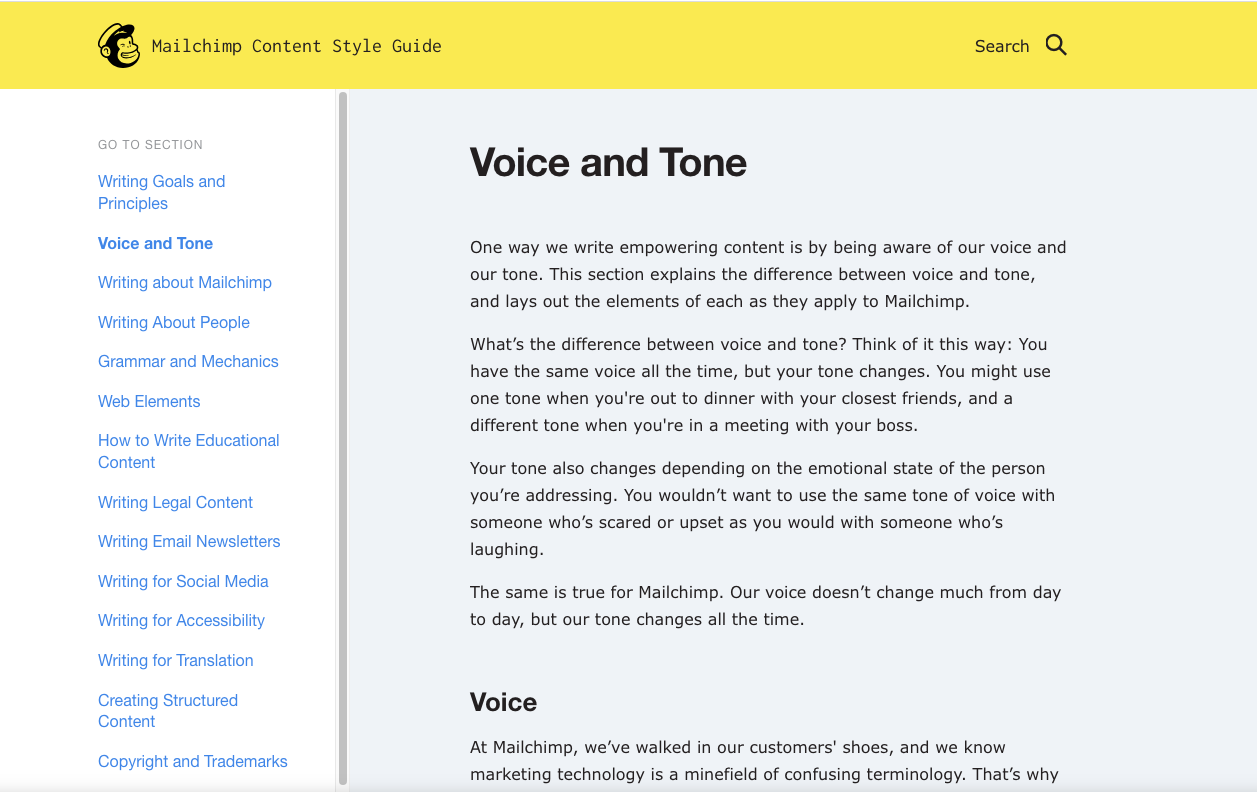
Mailchimp defines its brand voice as
"fun but not silly, confident but not cocky, smart but not stodgy, informal but not sloppy, helpful but not overbearing, expert but not bossy, weird but not alienating."
They also provide examples of how to adjust their tone for different situations, such as friendly, serious or technical.
Just check out the copywriting across their website, and you instantly get a feeling of their brand personality!
# Step 3: Craft your key messages
Your key messages are the main points that you want to communicate to your audience about your brand. They support your brand positioning statement and highlight your USP and benefit.
To craft your key messages, you need to:
• Identify the main problems or pain points that your audience faces.
• Be very clear on WHO you're talking to and how those messages may change between audiences
• Explain how your product or service solves those problems or pain points.
• Provide evidence or proof of why your solution is better than others.
• Include a call to action that tells your audience what to do next.
|
|
|
|
Here's an example of key messages from Spotify:
> - Music is more than just entertainment. It's a way to express yourself, connect with others and discover new things.
> - Spotify gives you access to millions of songs and podcasts on any device, anytime, anywhere.
> - Spotify lets you create personalized playlists, discover new music based on your taste and mood, and share your favorites with friends.
> - Spotify offers a free plan with ads or a premium plan with no ads and offline listening for only $9.99 per month.
> - Try Spotify for free today and find out why it's the world's most popular music streaming service.
Notice how Spotify addresses the needs and desires of their audience? It showcases their features and benefits, provides social proof and invites them to sign up for free.
# Step 4: Create your tagline or slogan
Your tagline or slogan is a catchy phrase that summarizes your brand message in a memorable way. It's used in advertising campaigns and marketing materials to capture your audiences attention and reinforce your brand identity.
To create a memorable tagline or slogan, you need to:
• Brainstorm words and phrases that relate to your brand message.
• Keep it short, simple and memorable.
• Make it unique, relevant and meaningful.
• Test it with your audience and get feedback (this is VERY important!)
Here's an example of a tagline or slogan from Apple:
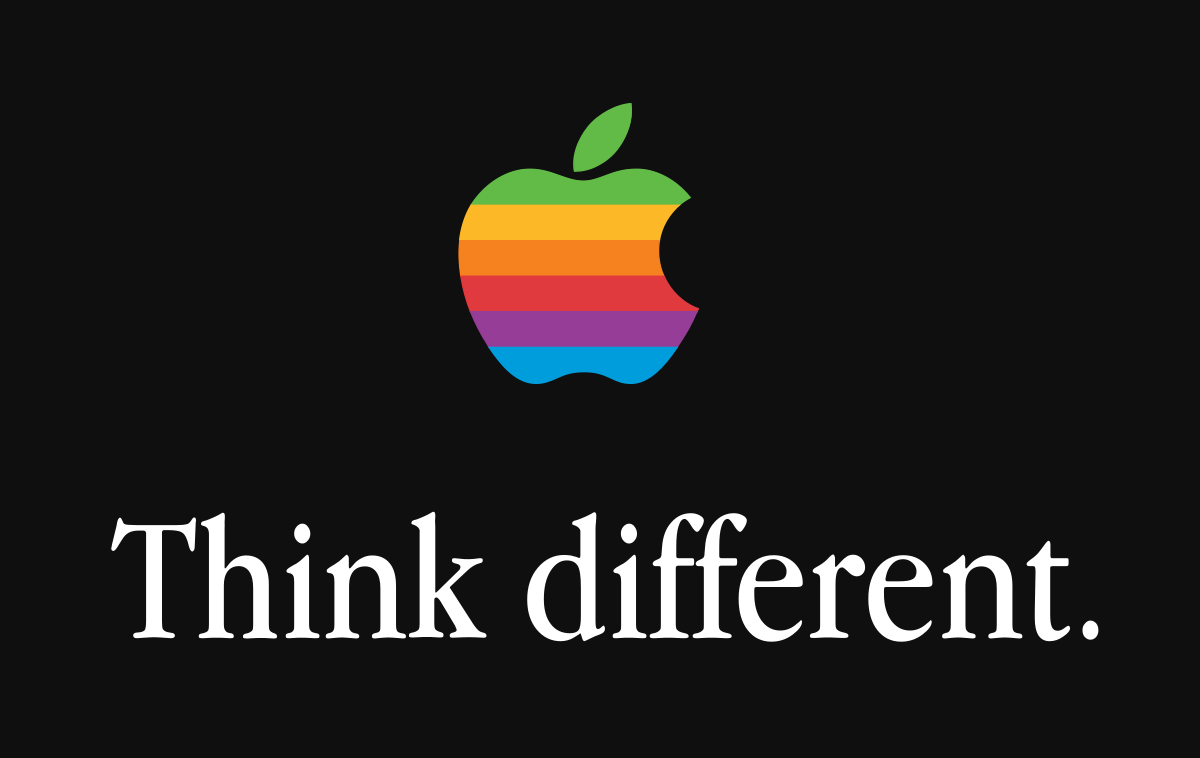
> Think different.
This tagline truely captures Apple's brand message of innovation, creativity and individuality. It also challenges the status quo and appeals to their target audience of people who want to "stand out from the crowd."
# Step 5: Deliver your brand message across different channels
Once you have your brand message defined and developed, you need to deliver it across different channels and platforms. This includes your website, social media, email, blog, video, podcast, etc.
To deliver your brand message effectively, you need to:
• Adapt your message to the format, purpose and audience of each channel.
• Use visuals, audio, video and other media to enhance your message and make it more engaging.
• Measure the impact and performance of your message and optimise it accordingly.
Case Study: Airbnb
Here's an example of how Airbnb delivers its brand message across different channels:
|
|
|
Airbnb's brand message is about belonging anywhere. They communicate this message through their website, Instagram and email by featuring stories of hosts and guests. They also showcase diverse destinations and experiences, and inviting people to join their community.
Brand messaging is a crucial part of building a successful brand. It helps you connect with your audience, convey your value and stand out from the competition.
By following these five steps, you can create a brand messaging strategy that works for your business:
- • Define your brand positioning statement.
- Develop your brand voice and tone.
- Craft your key messages.
- Create your tagline or slogan.
- Deliver your brand message across different channels.
Need help with creating your brand messaging? Contact us today and let us help you tell your story!
About the author
Connect with Chelcie PlowrightNewsletter
Sign up for latest news & updates
